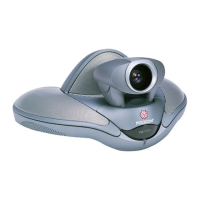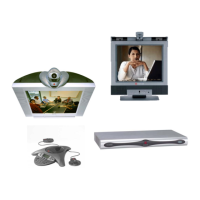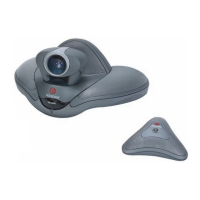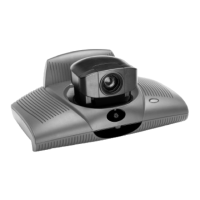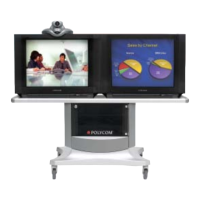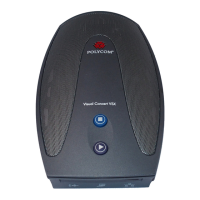The format of the s bytes are also the same as the binary gain commands. The bytes are integers (offset by
132) that represent the current AEC state. The following table shows how the byte values translate to AEC
states.
Byte Value AEC State Value (Byte Value - 132) AEC State Description
132 0 Idle
133 1 Transmit
134 2 Receive
135 3 Double Talk
Here's an example BLDATA message to clear things up.
F01BLDATAppppppppèpppppppppçpppppppppppppppèèèèèèèèääààååçç
The first twelve bytes (ppppppppèppp) consist of only two values.
p = 0x70 = 112 → 112 - 132 = -20
è = 0x8A = 138 → 138 - 132 = 6
So, the signal at input A is at 6 dB, while the signals at the rest of the inputs are at -20 dB.
The next twelve bytes (ppppppçppppp) consist of only two values.
p = 0x70 = 112 → 112 - 132 = -20
ç = 0x87 = 135 → 135 - 132 = 3
So, the signal at output 7 is at 3 dB, while the signals at the rest of the outputs are at -20 dB.
The next two bytes (pp) consist of only one value.
p = 0x70 = 112 → 112 - 132 = -20
So, the signal level of both AEC references is -20 dB.
The next eight bytes (pppppppp) consist of only one value.
p = 0x70 = 112 → 112 - 132 = -20
So, we know that the room gain for inputs 1-8 is -20 dB.
The next eight bytes (èèèèèèèè) consist of only one value.
è = 0x8A = 138 → 138 - 132 = 6
So, we know that the AGC gain for inputs 1-8 is 6 dB.
The last eight bytes (ääààååçç) consist of four different values.
